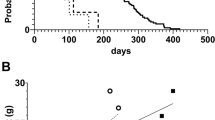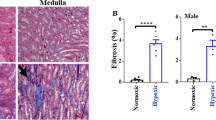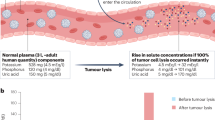Abstract
Extract: A simple and rapid method for determination of the hypoxanthine and xanthine concentration in plasma and urine is described. The method is based on the principle that oxygen is consumed quantitatively when hypoxanthine and xanthine are oxidized to urate by xanthine oxidase. By using Henry's law a direct measure of the hypoxanthine and xanthine concentration is obtained.
The method determines these oxypurines in volumes of 200 μl in concentrations less than 5 μmol/liter in about 5 min. The average precision in the range of 0–50 μmol/liter is 2.6 μmol/liter. Of the added hypoxanthine, 99 102% is recovered in plasma. Even though xanthine oxidase is a rather nonspecific enzyme, experiments show that this method is highly specific during physiologic conditions.
Speculation: Other purines which can be metabolized to hypoxanthine can be determined by this method. For instance, inosine, which is metabolized to hypoxanthine by nucleoside phosphorylase in the presence of phosphate, might also be determined according to this method.
Similar content being viewed by others
Log in or create a free account to read this content
Gain free access to this article, as well as selected content from this journal and more on nature.com
or
Author information
Authors and Affiliations
Rights and permissions
About this article
Cite this article
Saugstad, O. The Determination of Hypoxanthine and Xanthine with a Po2 Electrode. Pediatr Res 9, 575–579 (1975). https://doi.org/10.1203/00006450-197507000-00004
Issue date:
DOI: https://doi.org/10.1203/00006450-197507000-00004
Keywords
This article is cited by
-
The concentrations of xanthine and hypoxanthine in cerebrospinal fluid as therapeutic guides in hydrocephalus
Child's Nervous System (1986)



